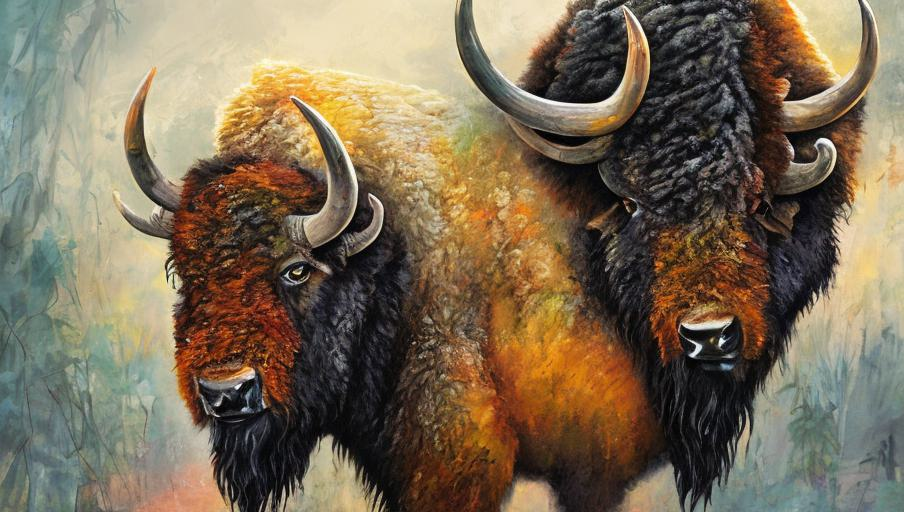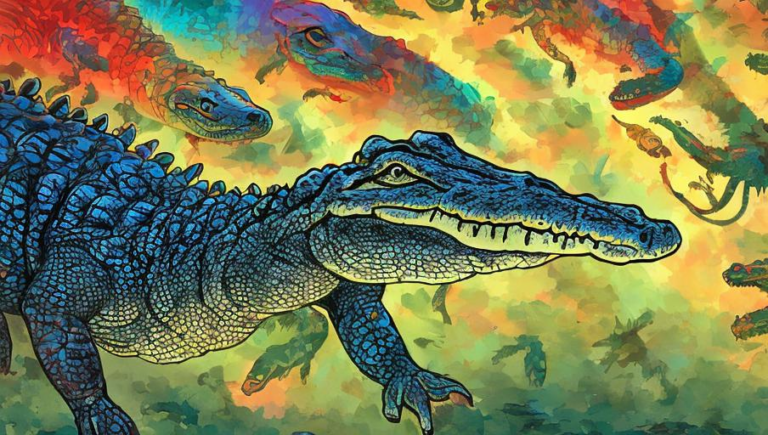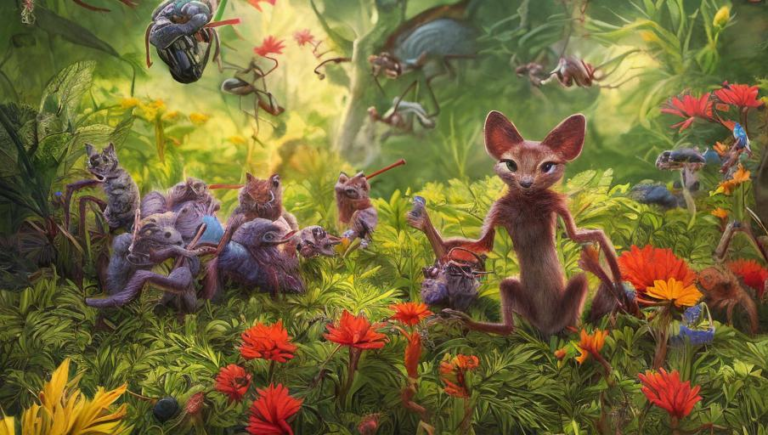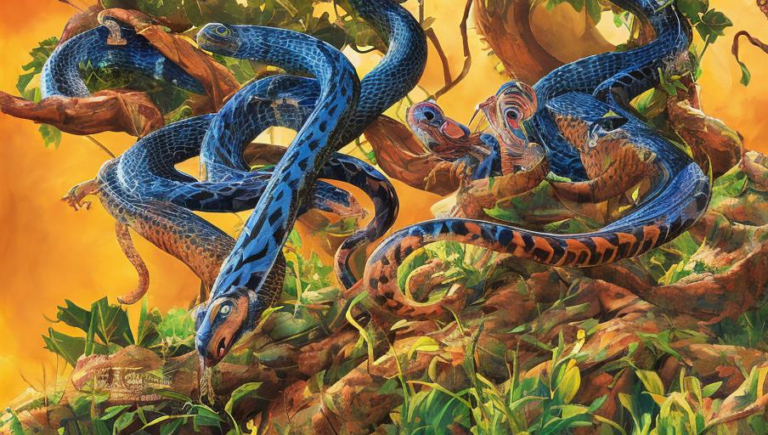Describing the Physical Characteristics of Bison

Bison: An Iconic Animal
Bison are one of the most iconic animals in North America and have been an integral part of the culture and history of the continent since long before the arrival of European settlers. These animals have a long and storied history, and are an important part of the natural landscape. Bison are large animals, with males weighing up to 2,000 pounds, and females weighing up to 1,000 pounds. They have a shaggy coat of fur, with a brown or black coloration that is especially thick in the winter months. Their horns are short and curved, and they have a short, pointed muzzle.
Distinctive Features
Bison are easily distinguishable from other animals due to their distinctive features. They have a large, muscular hump on their shoulders, which helps them to support their weight. They also have a thick, shaggy coat, which helps to keep them warm during the winter months. Additionally, their horns are short and curved, and their long tails have a tuft of fur at the end. All of these features are unique to bison and make them easily recognizable.
Behavioral Characteristics
Bison are social animals, living in large herds of up to several hundred individuals. They are also very protective of their young, and will form a defensive circle around them if they sense danger. Bison are also quick and agile on their feet, and can run up to 35 miles per hour. They are also good swimmers, and can cross rivers and lakes with ease.
Conservation Status
Unfortunately, bison have been driven to near extinction due to overhunting and habitat loss. In the late 1800s, there were only a few hundred bison left in North America. Today, conservation efforts have allowed their numbers to grow to over 500,000, but they are still threatened and vulnerable. It is important to continue to work towards improving their habitat and protecting them from human threats.
Final Thoughts
Bison are an iconic animal with a long and storied history in North America. They have distinctive physical characteristics, and are social animals that live in large herds. Unfortunately, their numbers have been drastically reduced due to overhunting and habitat loss, but conservation efforts are helping their numbers to recover. It is important to continue to work towards protecting these majestic animals and ensuring their future.





